The Manas National Park has more to celebrate about. A hand reared rhino, which was rehabilitated in the park as a part of the species reintroduction programme gave birth in the wild. This indeed is a momentous occasion since it is the first time a human raised rhino has become a mom in the wild in India!

This is the story of Ganga who was rescued by the Forest Department, as a three month old calf way back in November 2004 during the floods in the Kaziranga National Park. Thereafter she was hand-raised by the animal keepers and veterinarians at the IFAW-WTI- run Centre for Wildlife Rehabilitation and Conservation (CWRC) near Kaziranga. Ganga gave birth to a healthy female who has been named Dharati, as a tribute to Mother Earth.
Dharati’s birth has been a moment of joy for everyone as this event marks an important milestone in the timeline of the Rhino rehabilitation Project which is a joint venture of the Assam Forest Department and the International Fund for Animal Welfare – Wildlife Trust of India (IFAW-WTI). These organizations have been instrumental in hand-raising orphaned or displaced calves to rehabilitate them in their natural surroundings in the wild.
Vivek Menon, Executive Director, WTI, and Regional Director- South Asia, IFAW quoted that this was a special moment for all. With the situation of rhinos being so bleak, disturbing and depressing across the world and with numerous cases of poaching for the horns on the rise, such instances bring back the optimism and spirit to do more. He also said that Dharati’s birth is a matter of pride for not just the region but the entire country.
NK Vasu, Chief Conservator of Forests and Field Director- Kaziranga recalled how Ganga was rescued from the floods. The staff based in Baghmara couldn’t trace her mother inspite of aggressive search operations. They therefore admitted her to the CWRC.
Dr Rathin Barman, Senior Adviser, WTI, and CWRC In-charge, adds that she was severely traumatized and injured. It was a real challenge for the veterinarians and animal keepers. He says with pride that Dharati’s birth exemplifies the delicate balance of wildlife welfare and conservation that CWRC is known for.
Ganga, and now Dharati, are a part of the rhino reintroduction programme in Manas National Park, kick started in 2006, with the move of the first hand-raised calf from CWRC.
Manas had been unfortunate to lose all its rhinos by the 1990s as the area reeled under severe civil conflict. It was also declared a World Heritage Site in danger. A number of initiatives have been undertaken here including the rhino reintroduction, which was implemented here since peace was restored in early 2000s. In 2011, the ‘in danger’ tag was lifted by UNESCO.
“Ganga was one of the first rhinos to reach Manas. The birth of Dharati marks yet another important and crucial milestone in the efforts to bring Manas back to its former glory,” quipped Dr Bhaskar Choudhury, Regional Head, IFAW-WTI.
Ganga’s story in a Nutshell
Rescued as a three month old calf during the annual floods in the Kaziranga National Park in 2004, Ganga was found in an injured and traumatized state. She was rescued by the staff at the Baghmara camp. They went on a boat and rescued her, however, her mother could not be found.
The CWRC veterinarian, attended to her immediately. After providing the calf with first aid she was then transported and admitted to CWRC near Kaziranga for hand-raising and rehabilitation.
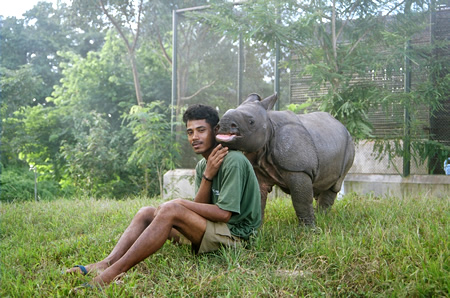
She arrived at the CWRC severely injured, dehydrated and traumatized. She had also developed severe respiratory problems and muscular fatigue. This led to her being kept under intensive care at the CWRC and successfully treated. Ganga shared the same enclosure with Jamuna, a rhino calf that was rescued from the floodwaters at Kaziranga exactly a week later. Ganga soon gained her health, thanks to the care of the vets and keepers of the centre. Both calves grew up together and spent about two and half years in the centre.
On 28th Jan 2007 Ganga and Jamuna was moved from CWRC to Manas National Park for their next phase of rehabilitation. These rhinos were put into customized crates, loaded into trucks and sent out on a 13-hour long journey to Manas. The following day they were released at the boma (a temporary enclosure) in the Bansbari Range of the park. They were confined in the spacious boma where they underwent gradual acclimatisation to the new environment. After the span of about 10 months in boma, they were radio collared to ensure the monitoring post release.
27th November 2007 post a pre-release assessment of the conditions in the park the boma gate was opened and the rhinos were released into the wild.
More Related Stories,
One Horned Rhino Battling Floods in Assam
Rhinos get a Unique Identity Number
Reference and Images courtesy Wildlife Trust of India





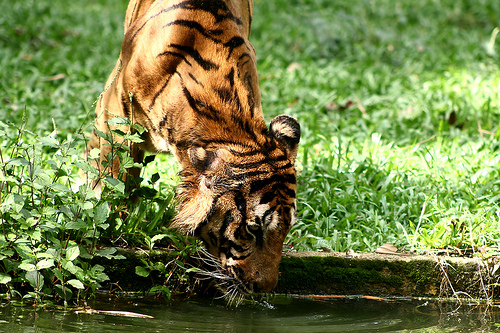
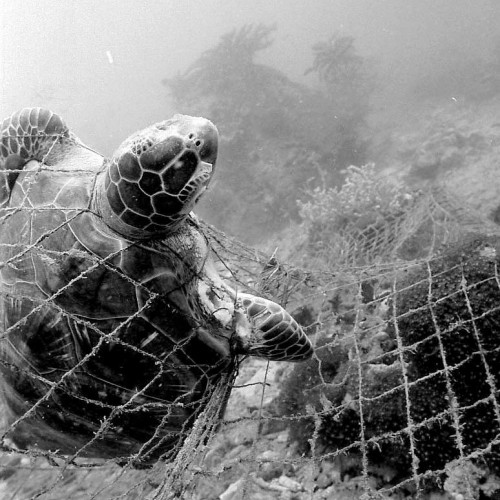
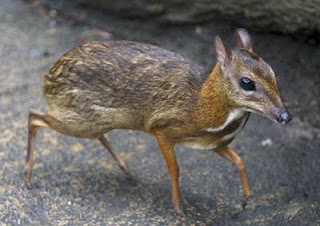
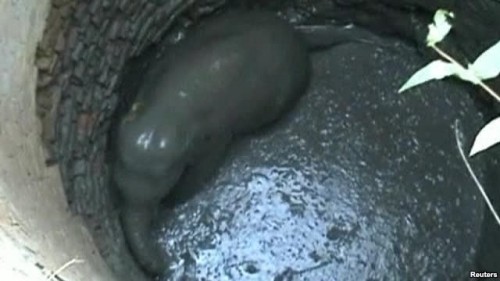
One thought on “Hand reared Rhino Creates History: Gives birth in the Wild!”